TORONTO, Canada/LEIPZIG, Germany: Not only humans, but animals too, have to deal with toothache once in a while. A team of researchers from the University of Toronto Mississauga has examined the jaw of Labidosaurus hamatus, a terrestrial reptile that lived 275 million years ago, and found evidence of bone damage due to oral infection. An evolutionary process may have increased the reptile’s susceptibility to oral infections.
The team of scientists, led by paleontologist Professor Dr Robert Reisz, whose research focuses on terrestrial vertebrates that lived around 250 to 315 million years ago, investigated the jaws of several well-preserved specimens of Labidosaurus hamatus. One specimen stood out because of missing teeth and associated erosion of the jaw bone. With the aid of a computer tomography scanning, Reisz and colleagues found evidence of a massive infection, which had resulted in the loss of several teeth, as well as bone destruction in the jaw in the form of an abscess and internal loss of bone tissue.
“The fossil was found in the 60’s, but remained unprepared until we did a thorough study of the anatomy of this important reptile. Labidosaurus is known mainly from Texas. The pathological specimen comes from there,” Professor Reisz, chair of the Department of Biology at the University of Toronto Mississauga, told Dental Tribune ONLINE.
Reisz and his team suggest that as ancestors of advanced reptiles adapted to life on land, many evolved dental and cranial specializations to feed more efficiently on other animals and to incorporate high-fiber plant leaves and stems into their diet. “The primitive condition, as seen in living amphibians and reptiles, is to have a continual process of growing new teeth in each socket. As these teeth grow, the old ones are gradually resorbed until they fall out, like our baby teeth,” Reisz told DT ONLINE. The primitive dental pattern in which teeth were loosely attached to the jaws and continuously replaced, changed in some animals. Teeth became strongly attached to the jaw, with little or no tooth replacement. This was clearly advantageous to some early reptiles, allowing them to chew their food and thus improve nutrient absorption. The scientists consider the abundance and global distribution of Labidosauris and its kin as an evolutionary success.
However, it is conceivable that the likelihood of infections of the jaw, resulting from damage to the teeth, increased substantially. Prolonged exposure of the dental pulp cavity of heavily worn or damaged teeth to oral bacteria was much greater than in other animals that quickly replaced their teeth. "Not only does this fossil extend our understanding of dental disease, it reveals the advantages and disadvantages that certain creatures faced as their teeth evolved to feed on both meat and plants," says Reisz.
The scientists have published their findings online in the magazine Naturwissenschaften – The Nature of Science (April). However, the fossil will not remain an object of study at the university, Professor Reisz says. “The specimen belongs to the Carnegie Museum of Natural History, and it will be returned to that institution. It will probably go back into the collections of the museum, but it may be shown in an exhibit sometime in the future.”
Whether you want to conquer your fear of heights, surround yourself with nature or wander around a castle, the excitement of Toronto extends outside the ...
EDMONTON, Canada: A team of researchers at the University of Alberta has secured funding to develop a 3D ultrasound device that would allow dentists to ...
LONDON, Ontario, Canada: Implants—whether in the jaw or the hip—are a vital part of restoring function and quality of life for millions of patients. ...
HAMILTON, Ontario, Canada: The link between periodontitis and cardiovascular disease is well established. However, most research in this area concerns older...
Join forces with the Canadian Dental Hygienists Association (CDHA) to help recognize, for the fourth year in a row, dental hygiene health care superheroes ...
OTTAWA, Ontario, CANADA: The Canadian Dental Hygienists Association, for the third year in a row, will recognize dental hygiene health care superheroes in ...
In my previous column, I addressed critical issues to consider when hiring an associate and deciding if his or her relationship with your practice should be...
Implant treatment for full-arch fixed restorations has been around for decades now.1–3 The treatment usually involves four to six implants placed in ...
OTTAWA, Ontario, CANADA: In a public statement issued today (Sept. 21, 2021), the Canadian Dental Association (CDA), the national voice for dentists across ...
Although most Canadian children are treated for caries in community-based dental offices or clinics, a significant number of young children who do not ...
Live webinar
Mon. 12 January 2026
9:00 AM EST (Toronto)
Prof. Judith Jones D.D.S; M.P.H., Prof. Kakuhiro Fukai D.D.S., Ph.D, Dr. Bathsheba (Bethy) Turton
Live webinar
Wed. 14 January 2026
12:00 PM EST (Toronto)
Dr. Théo Laplane, Dr. Robert Gottlander DDS
Live webinar
Fri. 16 January 2026
12:00 PM EST (Toronto)
Live webinar
Mon. 19 January 2026
1:00 PM EST (Toronto)
Philipp Kopp, Michael Seeber
Live webinar
Thu. 22 January 2026
2:00 PM EST (Toronto)
Dr. Nicola M. Grande DDS, PhD
Live webinar
Wed. 28 January 2026
8:00 AM EST (Toronto)
Live webinar
Wed. 28 January 2026
11:00 AM EST (Toronto)
Prof. Dr. Jan-Frederik Güth



 Austria / Österreich
Austria / Österreich
 Bosnia and Herzegovina / Босна и Херцеговина
Bosnia and Herzegovina / Босна и Херцеговина
 Bulgaria / България
Bulgaria / България
 Croatia / Hrvatska
Croatia / Hrvatska
 Czech Republic & Slovakia / Česká republika & Slovensko
Czech Republic & Slovakia / Česká republika & Slovensko
 France / France
France / France
 Germany / Deutschland
Germany / Deutschland
 Greece / ΕΛΛΑΔΑ
Greece / ΕΛΛΑΔΑ
 Hungary / Hungary
Hungary / Hungary
 Italy / Italia
Italy / Italia
 Netherlands / Nederland
Netherlands / Nederland
 Nordic / Nordic
Nordic / Nordic
 Poland / Polska
Poland / Polska
 Portugal / Portugal
Portugal / Portugal
 Romania & Moldova / România & Moldova
Romania & Moldova / România & Moldova
 Slovenia / Slovenija
Slovenia / Slovenija
 Serbia & Montenegro / Србија и Црна Гора
Serbia & Montenegro / Србија и Црна Гора
 Spain / España
Spain / España
 Switzerland / Schweiz
Switzerland / Schweiz
 Turkey / Türkiye
Turkey / Türkiye
 UK & Ireland / UK & Ireland
UK & Ireland / UK & Ireland
 International / International
International / International
 Brazil / Brasil
Brazil / Brasil
 Latin America / Latinoamérica
Latin America / Latinoamérica
 USA / USA
USA / USA
 China / 中国
China / 中国
 India / भारत गणराज्य
India / भारत गणराज्य
 Pakistan / Pākistān
Pakistan / Pākistān
 Vietnam / Việt Nam
Vietnam / Việt Nam
 ASEAN / ASEAN
ASEAN / ASEAN
 Israel / מְדִינַת יִשְׂרָאֵל
Israel / מְדִינַת יִשְׂרָאֵל
 Algeria, Morocco & Tunisia / الجزائر والمغرب وتونس
Algeria, Morocco & Tunisia / الجزائر والمغرب وتونس
 Middle East / Middle East
Middle East / Middle East
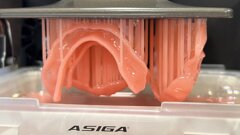

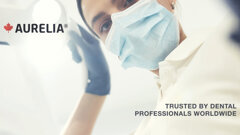

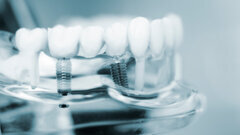

























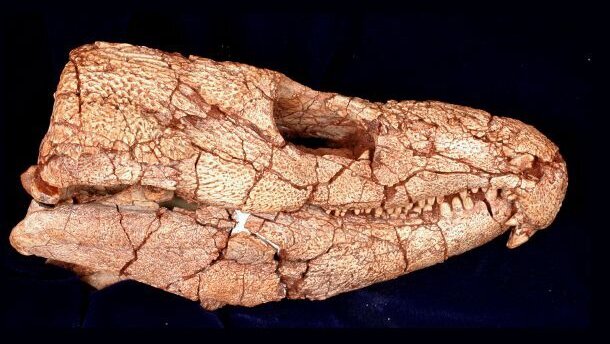









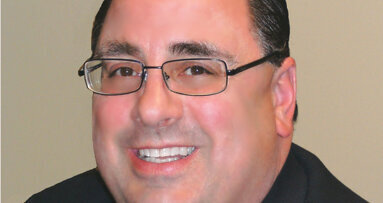
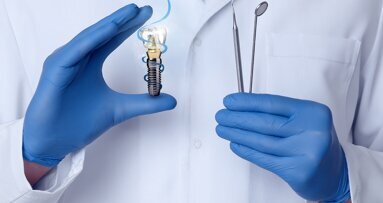
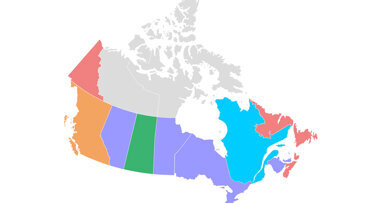
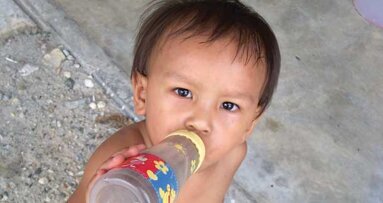










To post a reply please login or register